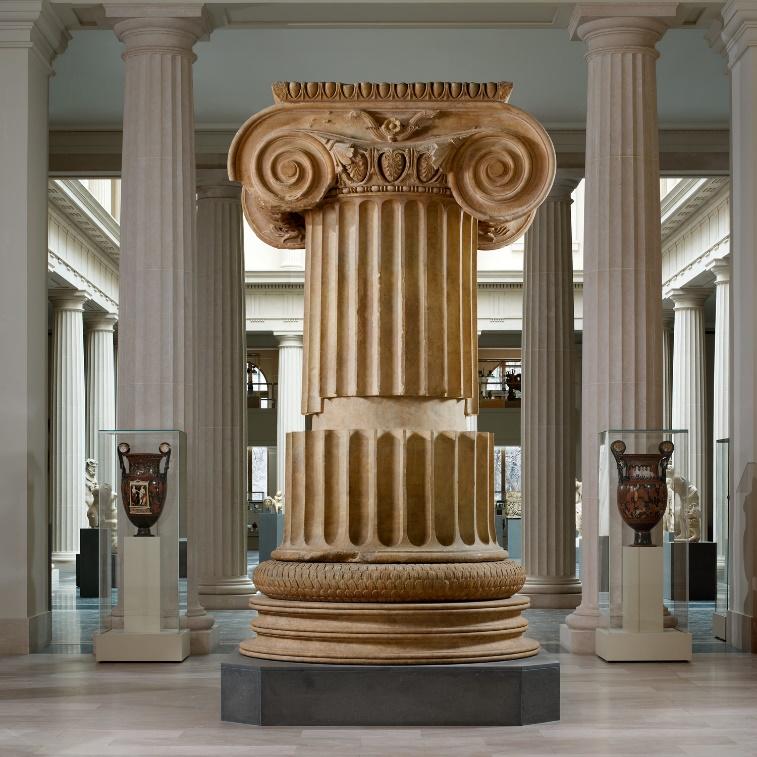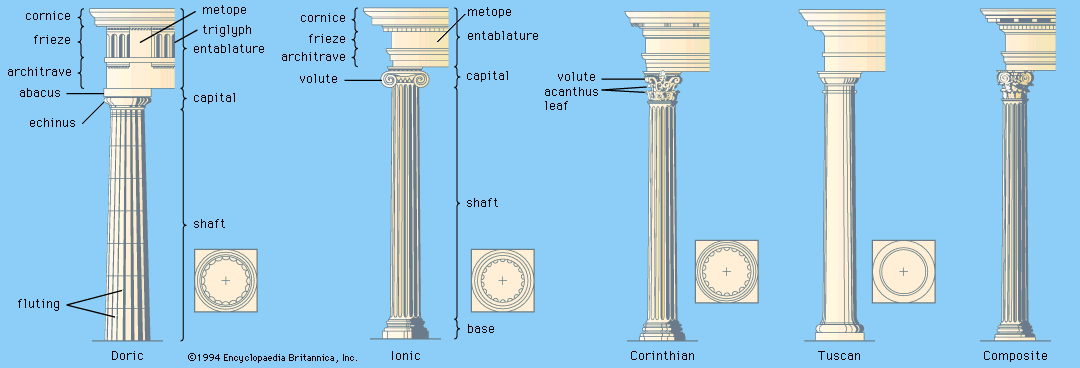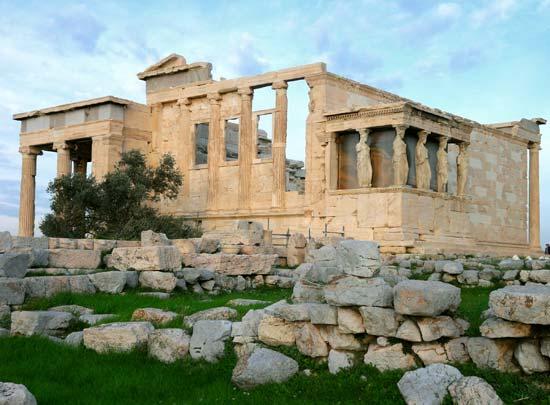The Metropolitan Museum of Art (n.d.) presents multiple examples of the architecture of Ancient Greece, including the marble column from the Temple of Artemis at Sardis. The column is a representative of the Ionic order, which was developed by Ancient Greece and is still employed in modern architecture. As a result, the column can be used to discuss an element of the culture of Ancient Greece that has affected the modern-day art.
Marble Column from the Temple of Artemis at Sardis
The analyzed example is shown in Figure 1.

According to the Metropolitan Museum of Art (n.d.), the column presented in Figure 1 was created around 300 B.C. in Greece. The Metropolitan Museum of Art (n.d.) possesses a section (without the shaft) of what is supposed to be an eight-feet-tall Ionic column that may have been located in the inner room or back porch of the Temple of Artemis at Sardis. The Metropolitan Museum of Art (n.d.) highlights the fact that the carvings on the capital and torus of the column are unique to the temple, but the column is also characterized as an example of the Ionic Order.
The Ionic order was one of the most popular orders of Ancient Greece that is estimated to have been developed in the sixth century B.C. (Chitham, 2014). Between the two most common Ancient Greece orders, the Ionic one is characterized by its more ornate design with two volutes on its capitol (Editors of Encyclopædia Britannica, 2014). Also, it tends to have more flutes (grooves) in its shaft when compared to the Doric order as can be seen in the examples in Figure 2.

The presence of two volutes is the primary characteristic of the Ionic order (Chitham, 2014; Editors of Encyclopædia Britannica, 2014), which allows classifying the marble column from the Temple of Artemis at Sardis as belonging to the Ionic order. Moreover, the carvings on the echinus and moldings at the base can also be typically found in the Ionic order (Editors of Encyclopædia Britannica, 2014), and the column in Figure 1 illustrates the tendency with its unique carvings. Another example of the Ionic order can be found in Figure 3 that depicts the Erechtheum (Editors of Encyclopædia Britannica, 2016); the similarities between the columns are apparent. It is also noteworthy that according to the Encyclopædia Britannica, the Ionic order was more common in Asia Minor (Editors of Encyclopædia Britannica, 2014), and Sardis, where the column from Figure 1 comes from, was situated in Asia Minor (Cameron, 2012). Thus, while having unique features, the column is a typical example of the Ionic order.

Linking Ancient Greece and Contemporary Architecture
The architecture of Ancient Greece has had its impact on contemporary arts. Indeed, the Ionic order is used in multiple modern buildings, including the Longworth House Office Building. As can be seen in Figure 4, the columns of the building have the typical volutes on their capitols. In other words, the Ionic order was used for this building, which was finished in 1933 (Architect of the Capitol, 2016). Thus, the building illustrates the influence of Ancient Greece on the modern world.

Conclusion
Although it has unique carvings, the column from the Temple of Artemis at Sardis can undoubtedly be classified as an Ionic order column due to the presence of two volutes on its capitol. The column bears other characteristics of the Ionic order and can be compared to other examples that were built in Ancient Greece. However, modern architecture also can employ the order. Since the Ionic order was developed by Ancient Greece, it can be suggested that the latter has a notable impact on modern culture.
References
Architect of the Capitol. (2016). Longworth house office building. Web.
Cameron, A. (2012). The Mediterranean world in late antiquity, 395-700 AD. Abingdon, UK: Routledge.
Chitham, R. (2014). The classical orders of architecture. Burlington, VT: Elsevier Science.
Editors of Encyclopædia Britannica. (2014). Order. Web.
Editors of Encyclopædia Britannica. (2016). Erechtheum. Web.
Metropolitan Museum of Art. (n.d.). Marble column from the Temple of Artemis at Sardis. Web.